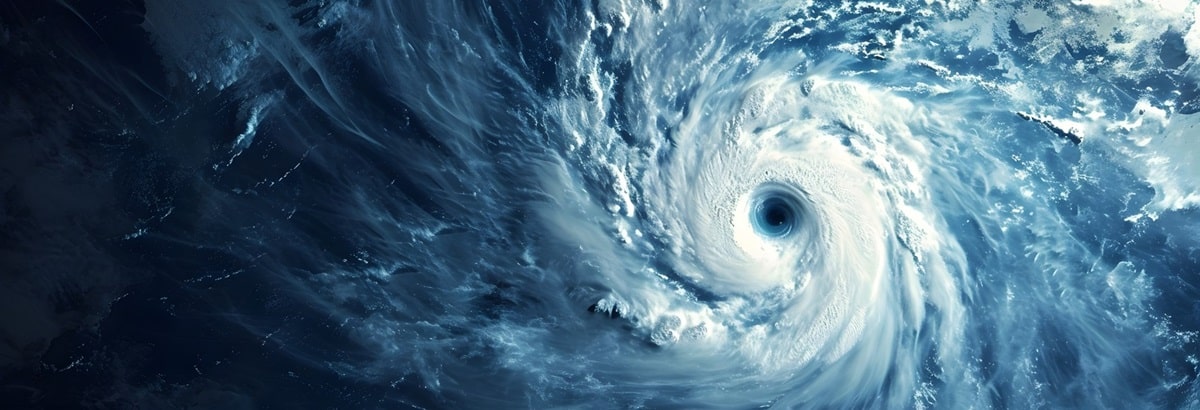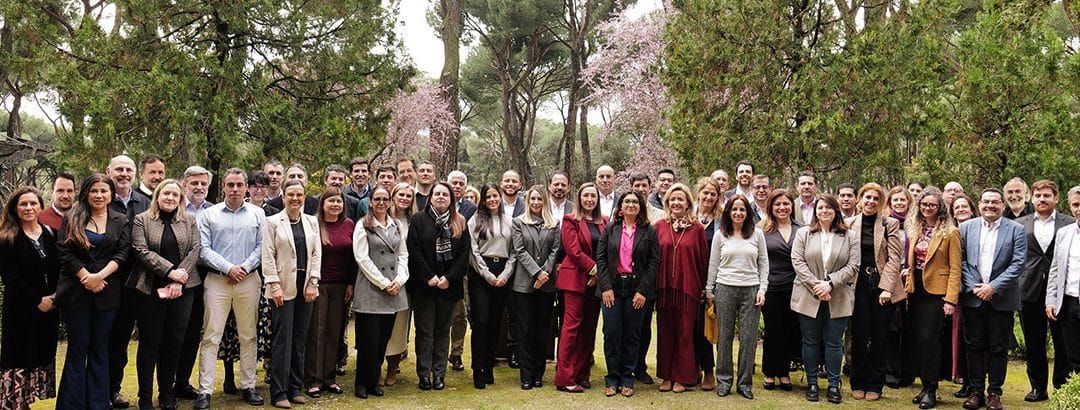At this very moment, various regions around the world are in the midst of hurricane season. While most of us are familiar with the term, often associated with monumental and unavoidable disasters, it’s important to understand the different categories of hurricanes and the true dangers they pose.
When ocean water temperatures rise above 26 degrees Celsius, substantial evaporation takes place, creating a storm system that can evolve into a well-structured cyclone. As the system strengthens, it leads to increased wind speeds, as well as heightened tidal and wave activity.
When this storm exceeds 119 kilometers per hour, according to the National Oceanic and Atmospheric Administration (NOAA) of the United States, it’s classified as a hurricane. If the phenomenon occurs in the Eastern Pacific or the Atlantic Ocean, it’s referred to as a hurricane. However, if it takes place in the Western Pacific, it’s known as a typhoon.
These are the most violent cyclones on Earth, although not all of them are equally destructive. To assess their danger, a scale has been established that sorts them into five categories.
Saffir-Simpson scale
Hurricanes are classified primarily by the wind speed they reach. In 1969, Herbert Saffir, a civil engineer, and Robert Simpson, the director of the U.S. National Hurricane Center, developed the Saffir-Simpson scale, which is the most widely used method for measuring tropical cyclones. It sorts cyclones into five categories:
- Category 1. Winds between 119 and 153 kilometers per hour—faster than what’s allowed for cars on a Spanish highway. This category can cause damage to shrubs and trees, as well as coastal flooding. It rarely affects buildings unless they’re particularly fragile. An example of this type was Hurricane Newton, which landed in Mexico and Baja California in 2016.
- Category 2. Winds between 154 and 177 kilometers per hour—as fast as a baseball pitch. This category of hurricane can cause damage to homes, particularly to vulnerable areas like roofs, doors, and windows. The most recent example of this type was Hurricane Agatha, which struck Mexico’s Pacific coast in 2022.
- Category 3. Winds between 178 and 209 kilometers per hour—comparable to the speed of a professional tennis serve. Hurricanes in this category can significantly damage small buildings, and coastal areas face a higher risk of flooding as water may penetrate inland. Hurricane Sandy, which caused over 200 fatalities in 2012 and impacted Cuba, the Bahamas, Bermuda, Jamaica, the U.S., and Canada, was a storm of this class.
- Category 4. Winds between 210 and 250 kilometers per hour—faster than the world’s speediest roller coaster. Hurricanes of this magnitude can cause severe damage to protective structures, even leading to collapses. Inland areas are at risk of flooding, and beaches and terraces may undergo significant erosion. Hurricane Earl, which occurred in the Atlantic in 2010, is a notable example of a storm in this category.
- Category 5. Wind between 251 and 400 kilometers per hour—as fast as a high-speed train or an airplane. This is the most dangerous category, often requiring evacuations. It can uproot homes and trees, destroy roofs, and severely damage buildings. One of the most infamous hurricanes in this category is Katrina, which, in 2005, caused over 1,800 fatalities from Florida to Texas, devastating New Orleans.
In a recent article published by Proceeding of the National Academy of Sciences’, some climate experts recommended modifying the Saffir-Simpson scale to include a sixth category. This adjustment would improve warning protocols and damage prevention efforts by lowering the current Category 5 threshold to 309 kilometers per hour, while the new Category 6 would apply to storms with wind speeds starting from that point onward.
Between 2013 and 2021, five storms would have qualified for this sixth category: Patricia in Mexico (348 kilometers per hour) and four typhoons in Southeast Asia with wind speeds exceeding 315 kilometers per hour.
Areas, names, and monitoring
The power of nature is extraordinary; while some places rarely experience high-intensity events, others are frequently impacted. According to NOAA, the countries that have accumulated the most direct impacts from hurricanes since 1970 are as follows:
- China
- Philippines
- Japan
- Mexico
- United States
- Australia
- Taiwan
- Vietnam
- Madagascar
- Cuba
Tropical cyclones are named each year in alphabetical order from six lists of names that are reused every six years. However, if a storm has a devastating impact, its name is removed from the list and replaced with a new one starting with the same letter.
The most devastating hurricane in history was Hurricane Mitch, which struck in 1998 and resulted in approximately 18,000 casualties, including both fatalities and missing persons. This catastrophic event is considered the worst natural disaster of the 20th century. The most powerful hurricane in the Western Hemisphere was Hurricane Patricia in 2015, which recorded wind gusts of 400 km/h. The most intense hurricane, known for sustained winds over a long duration, was Irma in 2017, often referred to as the “hurricane of the century.”
How are hurricanes monitored? NOAA operates two Geostationary Operational Environmental Satellites (GOES) that monitor these phenomena from an altitude of over 35,800 kilometers above Earth’s surface. These satellites provide critical information on hurricane formation and evolution, helping to mitigate their dangers.





